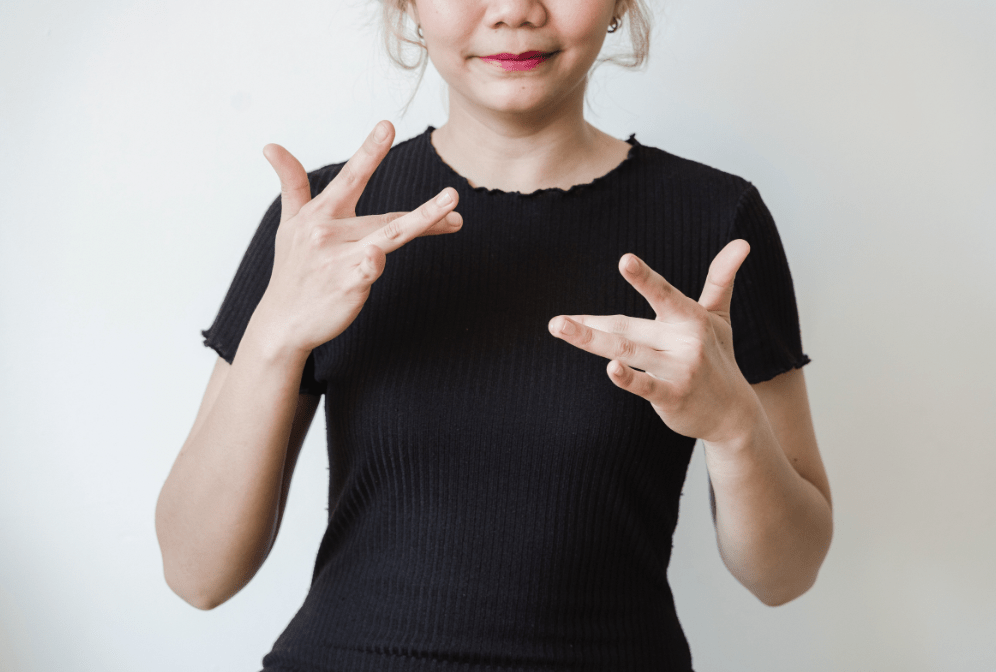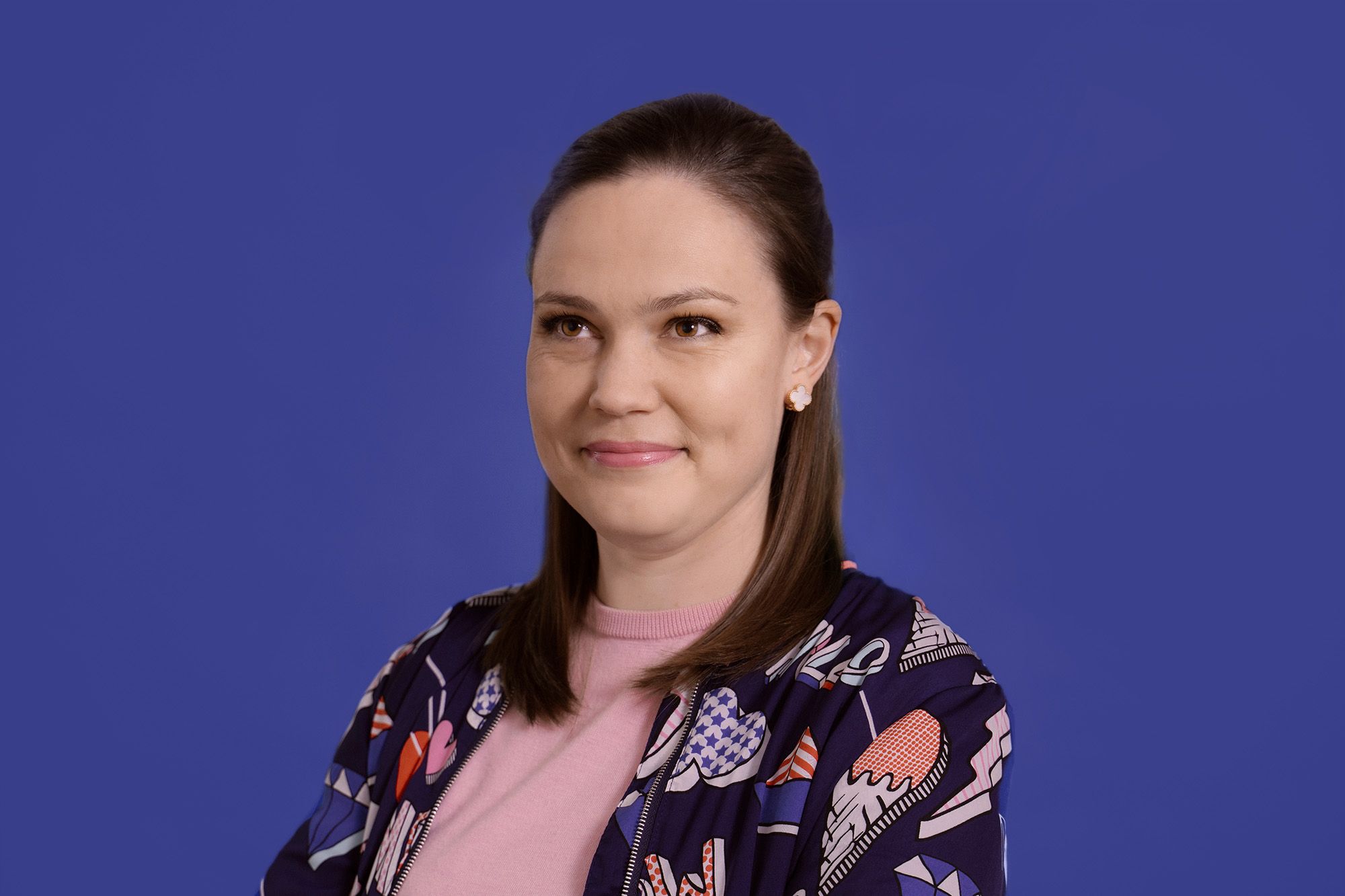
New Zealand Sign Language (NZSL), like many other sign languages around the world, is a language that involves communicating through facial expressions, body movements and positioning, hand shapes and gestures. As with many languages, signed and spoken, was born out of British Sign Language (BSL) and has evolved over time into its own language, distinct from BSL with many similarities due to the shared heritage.
Sign languages are primarily used by Deaf (capitalised to denote those who consider themselves part of the Deaf community and culture) people to communicate with others around them. If you want to know more about this fantastic linguistic taonga, continue reading to learn 5 reasons why NZSL is amazing!
- Communicate with Deaf people and have an insight into a different culture and language
Knowing sign language, even a few basic signs, will go far for anyone as knowing a little bit removes some of the awkwardness and nervousness hearing people tend to feel when they meet someone who is Deaf. This also helps the Deaf person as they may feel more comfortable interacting with you and if things go well, you might pick up a few NZSL signs the more you get to know and chat with them!
However, it is important to know that if you are wanting to learn or develop your knowledge of sign language, including NZSL, it is important that you learn from a reputable source or teacher. Learn NZSL is a good online starting point, and for those who want to learn in person, searching for an NZSL class in the community taught by a Deaf tutor is strongly recommended. A Deaf tutor will be able to provide a much more in depth learning experience as they will be fluent in NZSL and be able to share the nuances of communicating with Deaf people much more effectively than hearing tutors due to their own lived experiences.
- Sign language can improve your spatial awareness and peripheral vision
As sign language tends to use the entire upper body, signers are often more in tune with how to represent things visually and have a wider frame for peripheral vision as some signs extend above the head or past the shoulders. In addition, providing directions and descriptions of locations is all represented visually, at times almost looking like an air drawn diorama, allowing your brain to think in 3D and really analyse how things look when described to someone else in sign language.
- You may become a better listener
Due to the need for strong eye contact with the person signing in order to not miss what they are saying, those who sign often become better listeners as they are not distracted by everyday things such as phones or other people around. And no, it doesn’t mean staring hard at the other person the entire time – keeping engaged in the conversation when signing without distractions is often all that’s needed!
Looking at phones or around the environment you’re in too much while chatting to a Deaf person using sign language is considered quite rude within Deaf culture. Although you may hear things that may be important to know, such as your coffee order being called out, the Deaf person may not. In a situation like that, all you need to do is to let the Deaf person know what it is you are listening out for or has caught your attention and that you are not purposefully ignoring them.
- Communicate easily in environments where talking or hearing are both challenging.
Ever gone to a restaurant or cafe where the general hubbub of conversation and food preparation is extremely loud? Or gone swimming and find talking over the noise of waves crashing and water constantly coming in your mouth difficult? These are both situations where knowing sign language, even a little bit, will help you a lot.
By eliminating the need to constantly communicate through spoken language and attempt to hear over the noise, using sign language in situations such as the ones previously described allows your brain to focus visually and ignore the noise, creating a more relaxed and stress free conversation between you and the other person.
- Be who you really are and express yourself more!
NZSL and all other sign languages tend to be highly expressive as in spoken languages, how soft or harsh something comes across is expressed through tone of voice. But in sign languages, body language and facial expressions are both used instead.
Ever been told you’re too expressive or outgoing in your facial expressions and body language? That won’t be a problem with sign language, so if you’ve ever wanted to learn or develop your skills in sign language, there has never been a better reason to!





